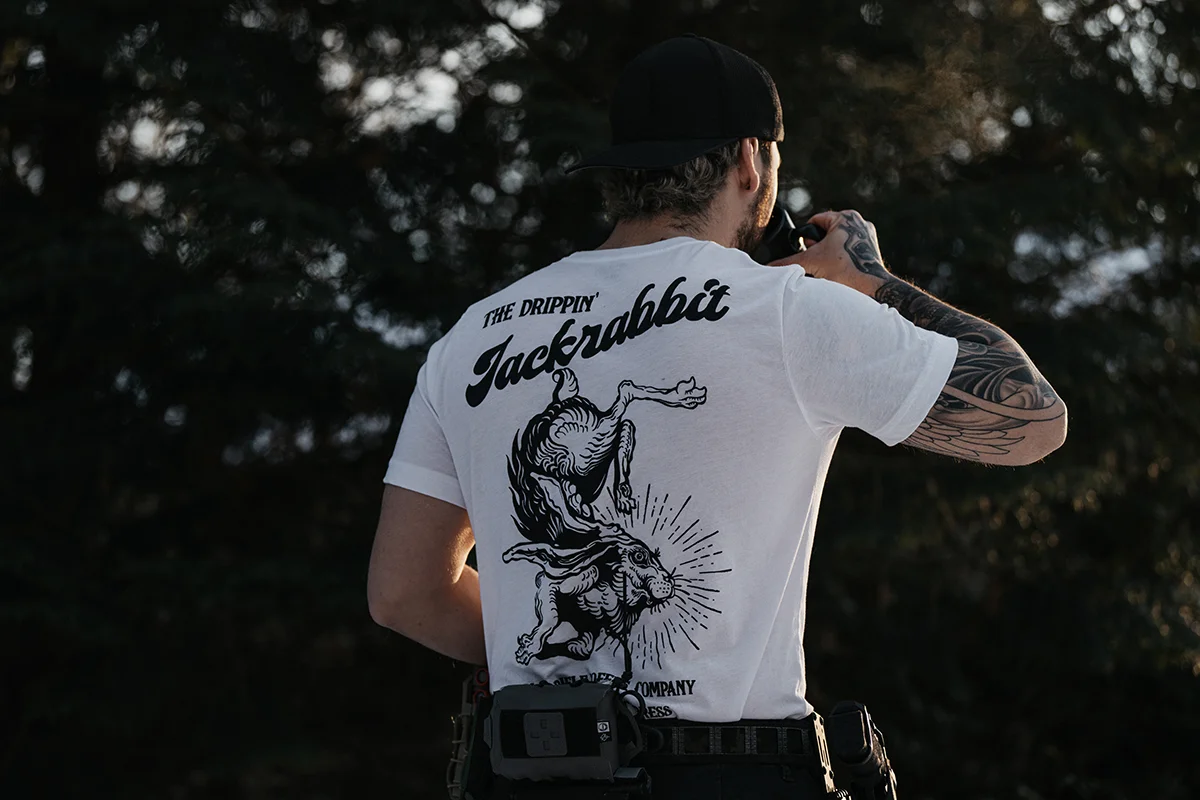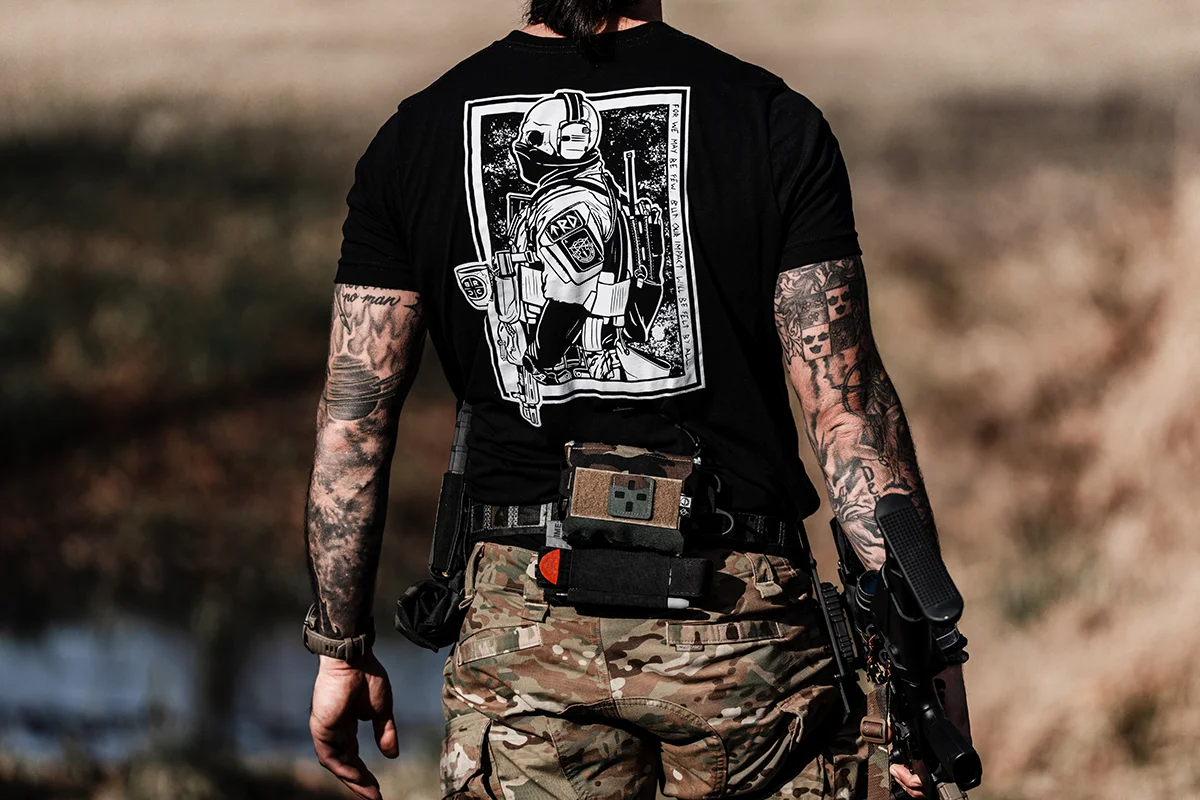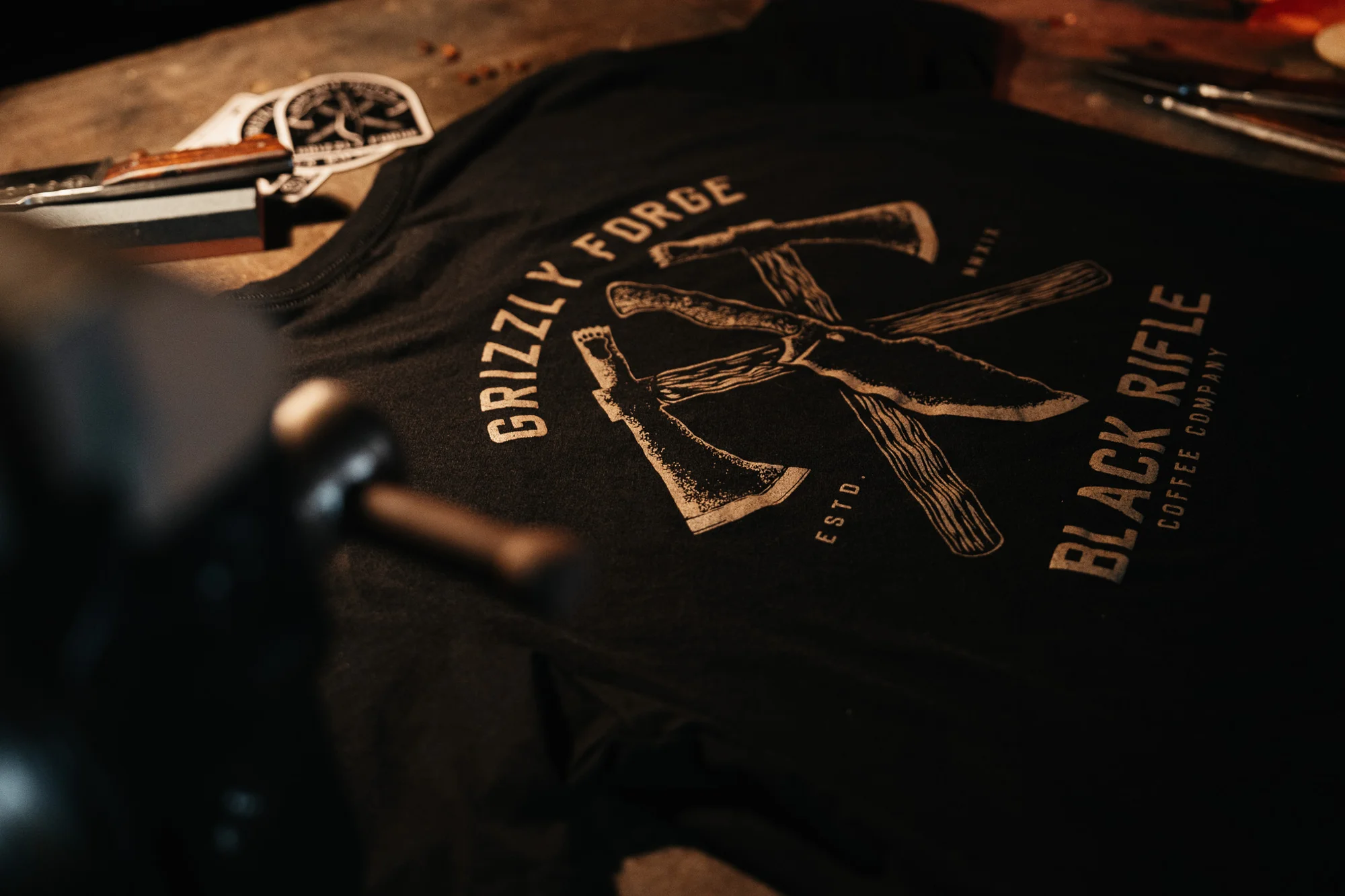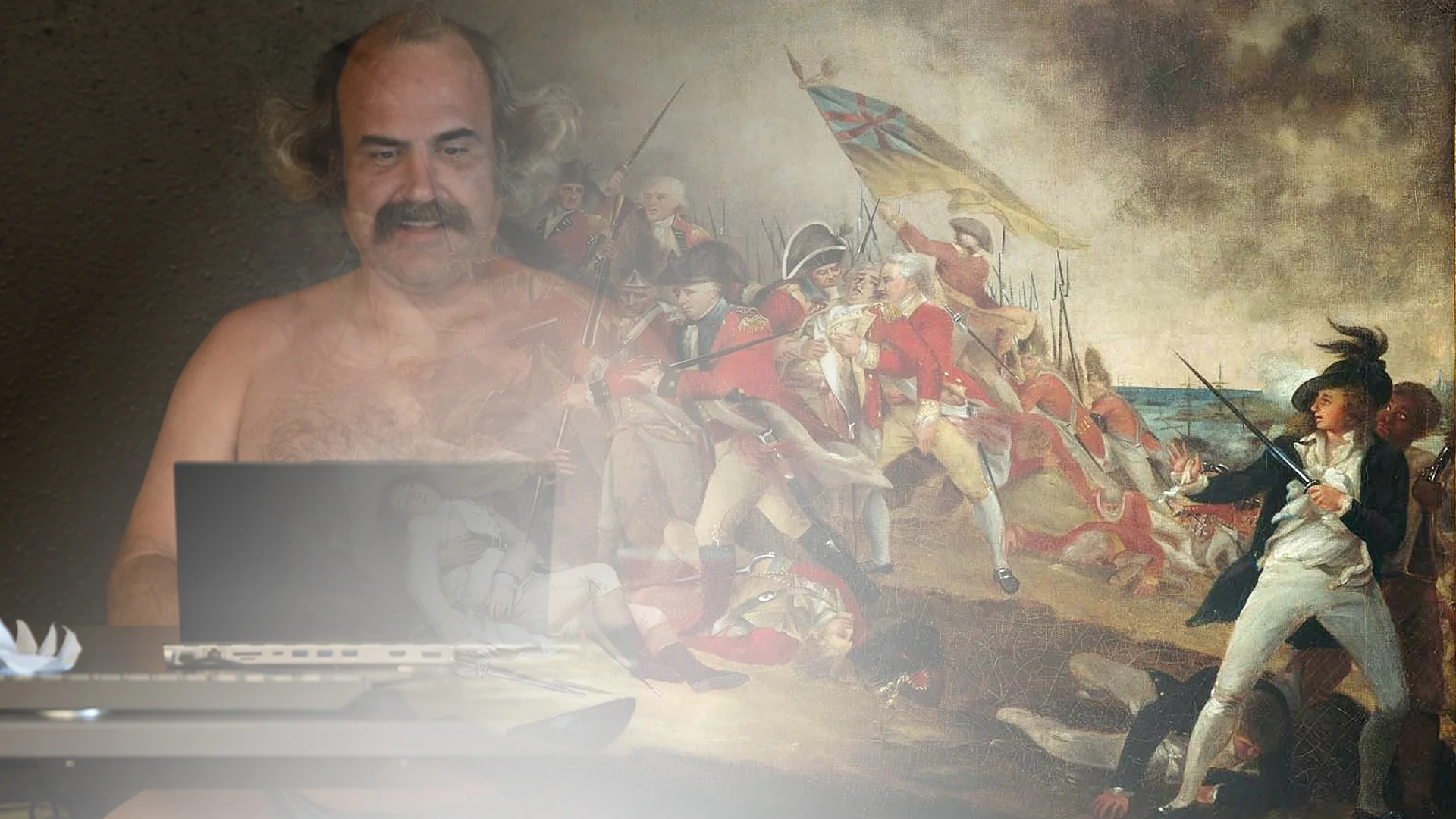Russian Director’s Nightmarish Film Is Powerful Indictment of War
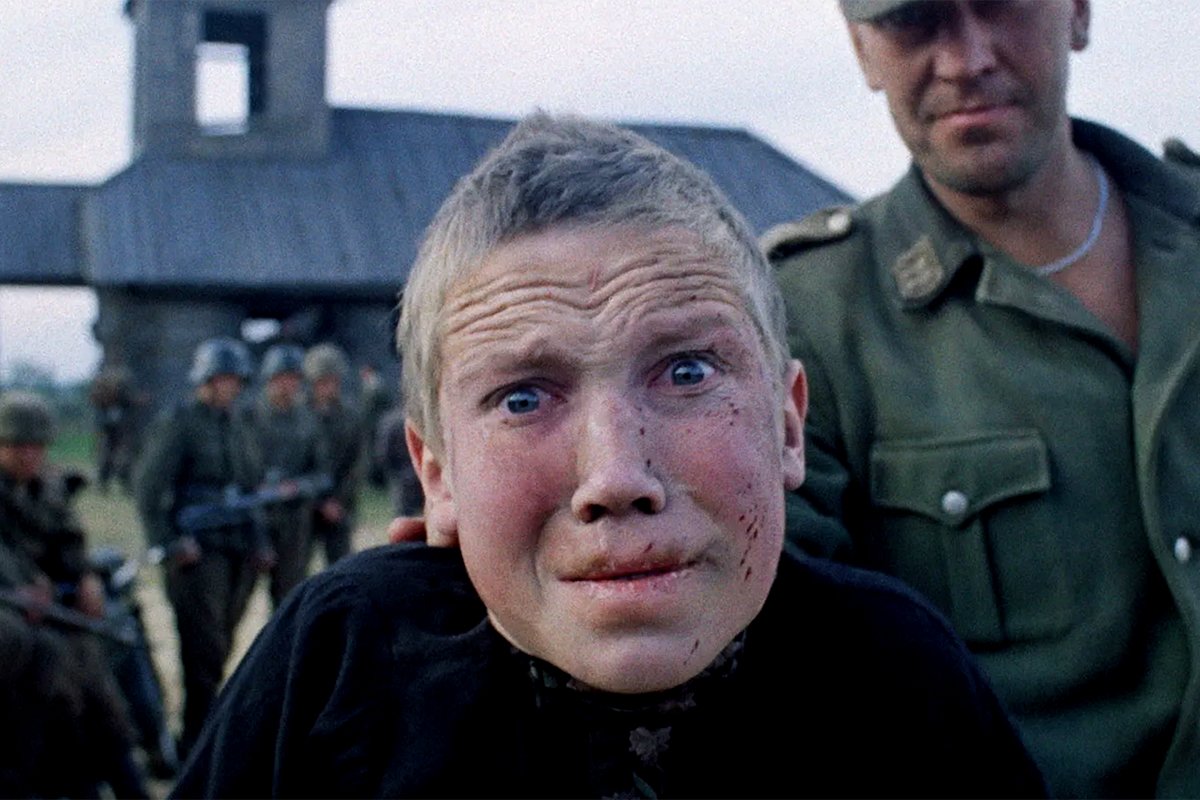
Come and See is a 1985 Russian anti-war film about the Nazi occupation of Belarus. Screenshot via YouTube.
In 1985, when tensions between the Soviets and Western democracy were rising to a fever pitch, a Russian anti-war film about World War II captivated audiences and critics around the world. Restored in 2K resolution and rereleased in 2020, Come and See serves as a potent reminder amid Russia’s invasion of Ukraine that war chooses its victims as randomly and indiscriminately as a mortar landing in the lap of a child.
Directed by Elem Klimov, the film is based on the book Khatyn (sometimes titled I Am From the Fiery Village) by Ales Adamovich. The story follows a young boy named Flyora during the Nazi occupation of Belarus. To call Come and See an anti-war film is accurate, but that term doesn’t adequately convey what Klimov achieves with his film, which more closely resembles a 2-hour, 20-minute nightmare.
[vimeo id=”379352025″ /]
The film opens with Flyora discovering a rifle buried in the mud. Joy and excitement wash over Flyora’s face as he longs to join the grand adventure of World War II. Despite warnings from his family that merely digging up the rifle could have permanent consequences, Flyora keeps the rifle and is soon conscripted into Belarusian partisan forces in their fight against the Nazi invaders. The film quickly careens into a horrific odyssey that destroys Flyora’s psyche.
In 1985, Come and See was revolutionary in the techniques Klimov used to elicit discomfort from moviegoers.
Come and See “utilized Steadicam in a way [that] had not been done up to that time,” renowned cinematographer Roger Deakins (Skyfall, The Big Lebowski, Jarhead) writes on his blog. “The camerawork is actually very ambitious but it always compliments what is happening rather than deliberately trying to embellish it.”
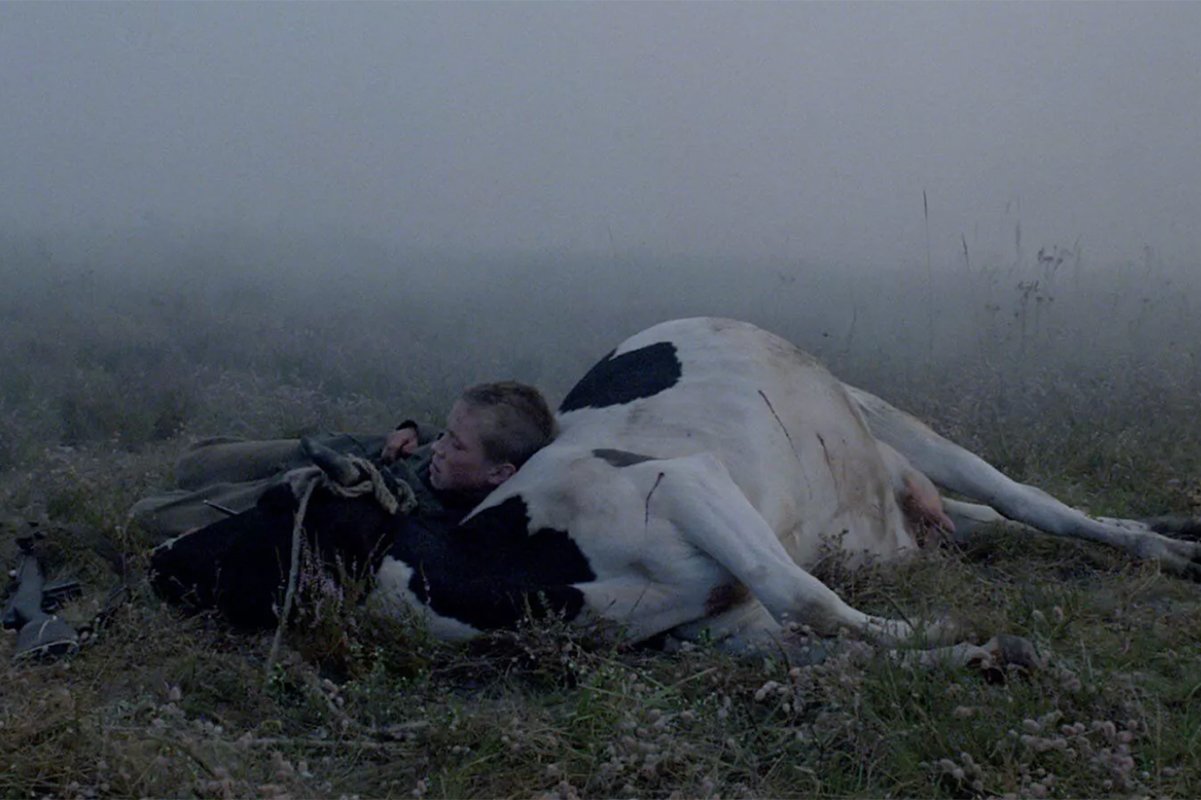
As Flyora falls deeper into his own Nazi-perpetrated hell, the audience is reminded ad nauseam that there is no happy ending in war. This fact hits like a Gestapo boot heel to the temple one-third of the way through the film when Flyora and his female companion Glasha are fleeing Flyora’s abandoned village. As the two run for the refuge of the forest, Glasha turns to catch a glimpse of the village’s inhabitants — including Flyora’s family — stacked in a bloody heap behind a barn, executed by the Nazis. From that point forward, the film’s horrors are similarly piled one on top of another until it is nearly too much to bear.
War depicted as tragedy is not new to film, but where most anti-war films follow their naive characters to a predictable conclusion of disillusionment and self-realization, Come and See gives Flyora that knowledge early on, then unrelentingly packs on the atrocities for the remainder of the film. His awareness of the war’s realities do not provide him an escape. Flyora, like the audience, is forced to endure the hell that follows.
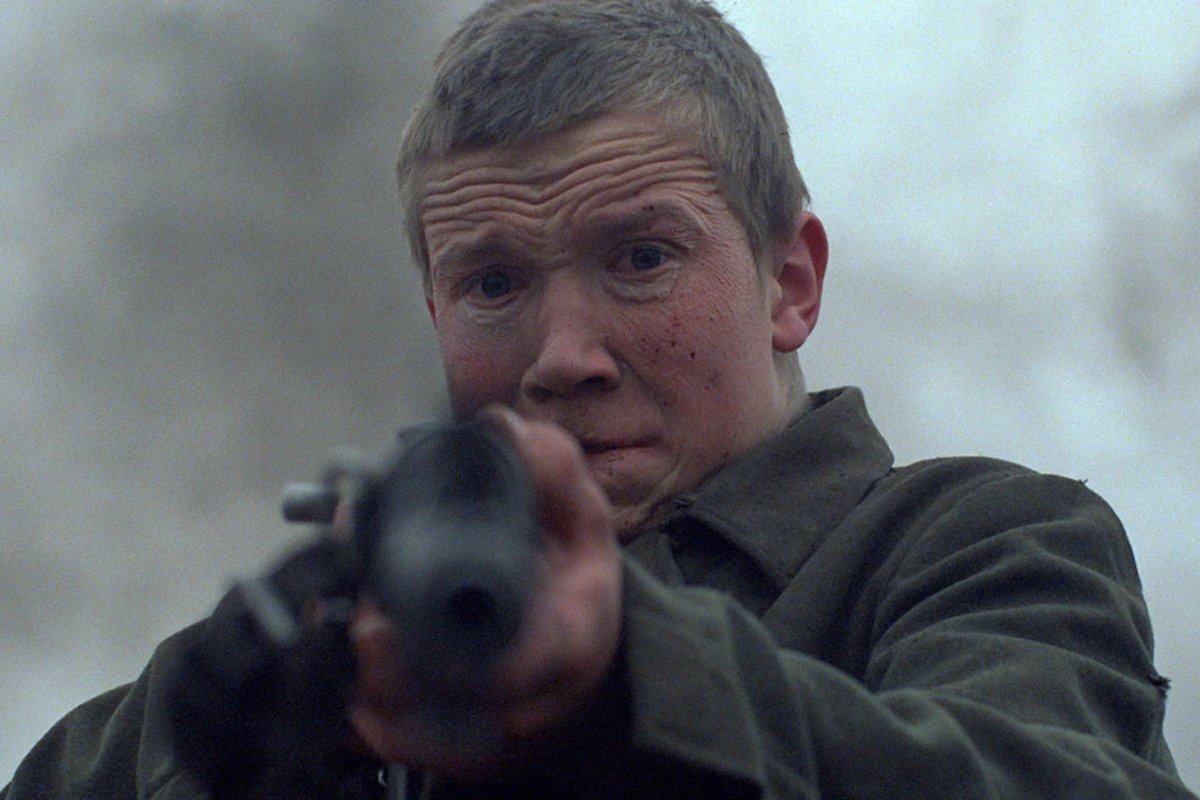
The film, which Justin Chang of the Los Angeles Times aptly described as a “freefall into barbarism,” frequently breaks convention, having the actors perform directly for the camera, toeing the line with the fourth wall. This serves to deny the audience any refuge from what unfolds on screen, transforming them into voyeurs watching what feels like a real holocaust. In fact, some of the onscreen violence is real.
Klimov elected to use live ammunition in some of the scenes. This is most obvious when a firefight erupts as Flyora tries to escort a cow across an open field. Burning tracers cut above the actor’s head before slicing into the cow, which jumps and then dies in real time. The camera then zooms in on the spasming bovine eye, eliminating any doubt that the cow’s death is fabricated.
Come and See, which takes its name from the Bible’s book of Revelation, refuses to romanticize war, even in the popular, oblique fashion of juxtaposing war’s gore and violence with mesmerizingly beautiful explosions. As the world anxiously waits to see how Russia’s invasion of Ukraine progresses, it is important to remember that the cost of war is all-encompassing.
Read Next:

Mac Caltrider is a senior staff writer for Coffee or Die Magazine. He served in the US Marine Corps and is a former police officer. Caltrider earned his bachelor’s degree in history and now reads anything he can get his hands on. He is also the creator of Pipes & Pages, a site intended to increase readership among enlisted troops. Caltrider spends most of his time reading, writing, and waging a one-man war against premature hair loss.
BRCC and Bad Moon Print Press team up for an exclusive, limited-edition T-shirt design!
BRCC partners with Team Room Design for an exclusive T-shirt release!
Thirty Seconds Out has partnered with BRCC for an exclusive shirt design invoking the God of Winter.
Lucas O'Hara of Grizzly Forge has teamed up with BRCC for a badass, exclusive Shirt Club T-shirt design featuring his most popular knife and tiomahawk.
Coffee or Die sits down with one of the graphic designers behind Black Rifle Coffee's signature look and vibe.
Biden will award the Medal of Honor to a Vietnam War Army helicopter pilot who risked his life to save a reconnaissance team from almost certain death.
Ever wonder how much Jack Mandaville would f*ck sh*t up if he went back in time? The American Revolution didn't even see him coming.
A nearly 200-year-old West Point time capsule that at first appeared to yield little more than dust contains hidden treasure, the US Military Academy said.

